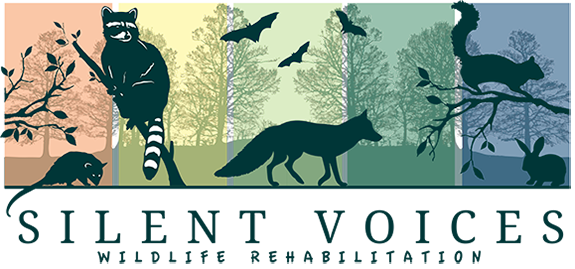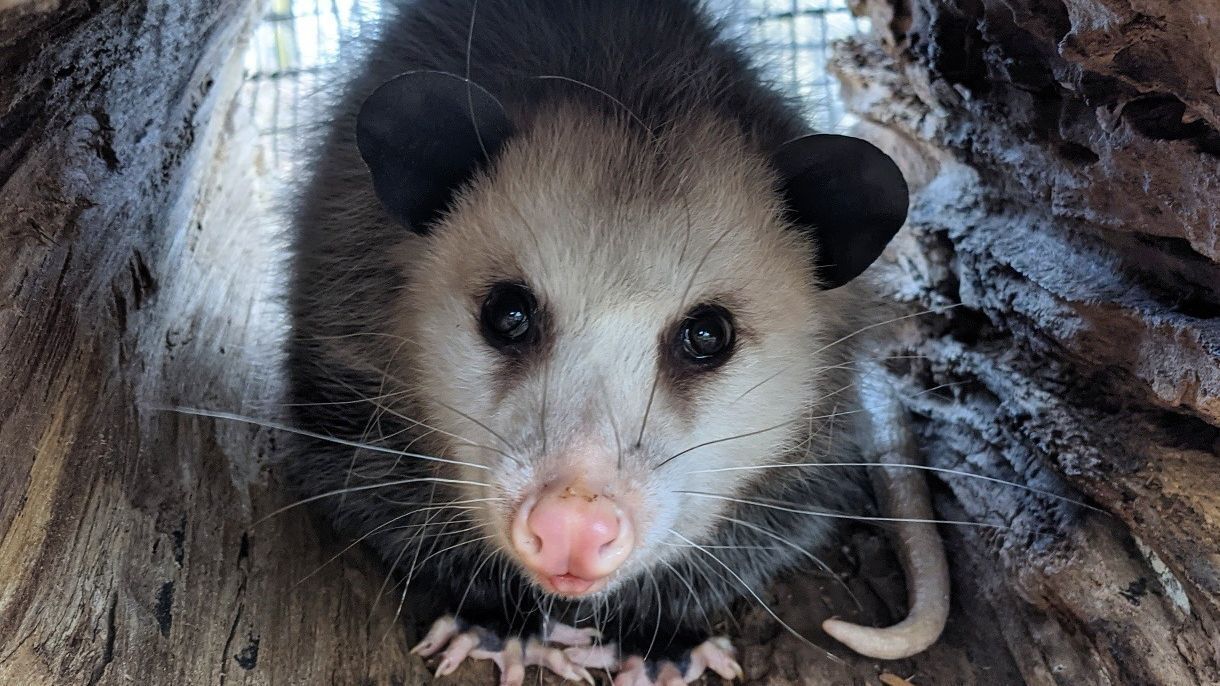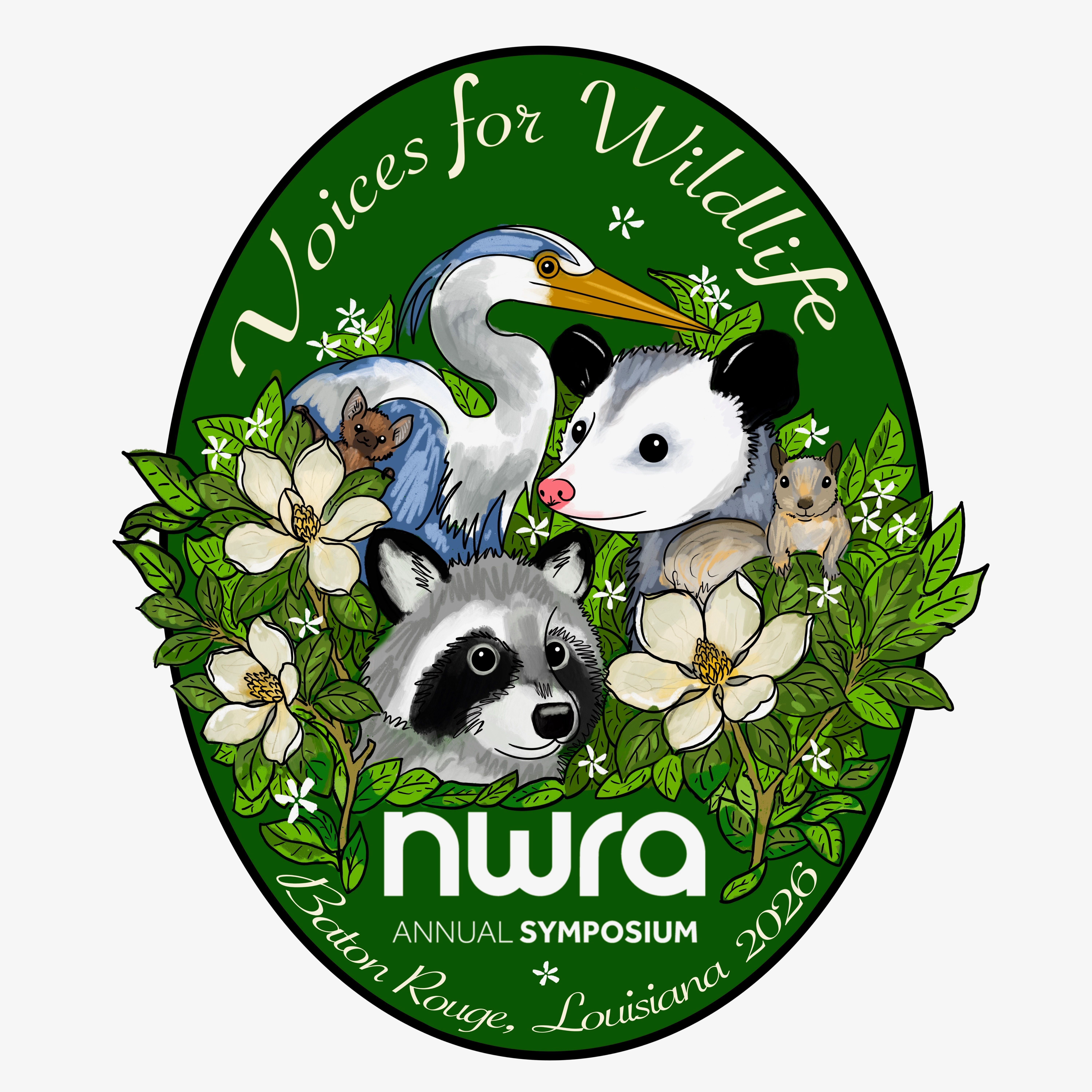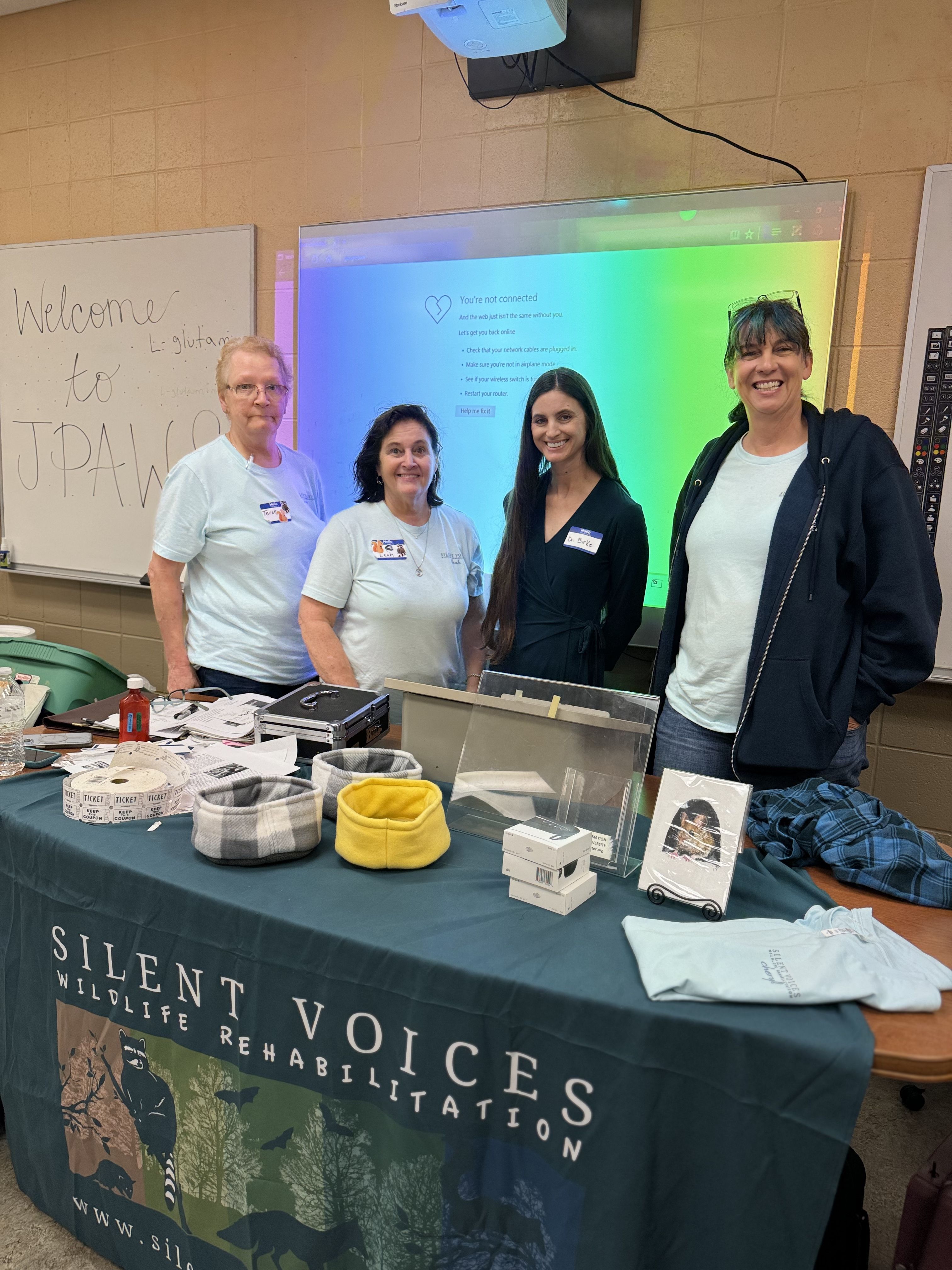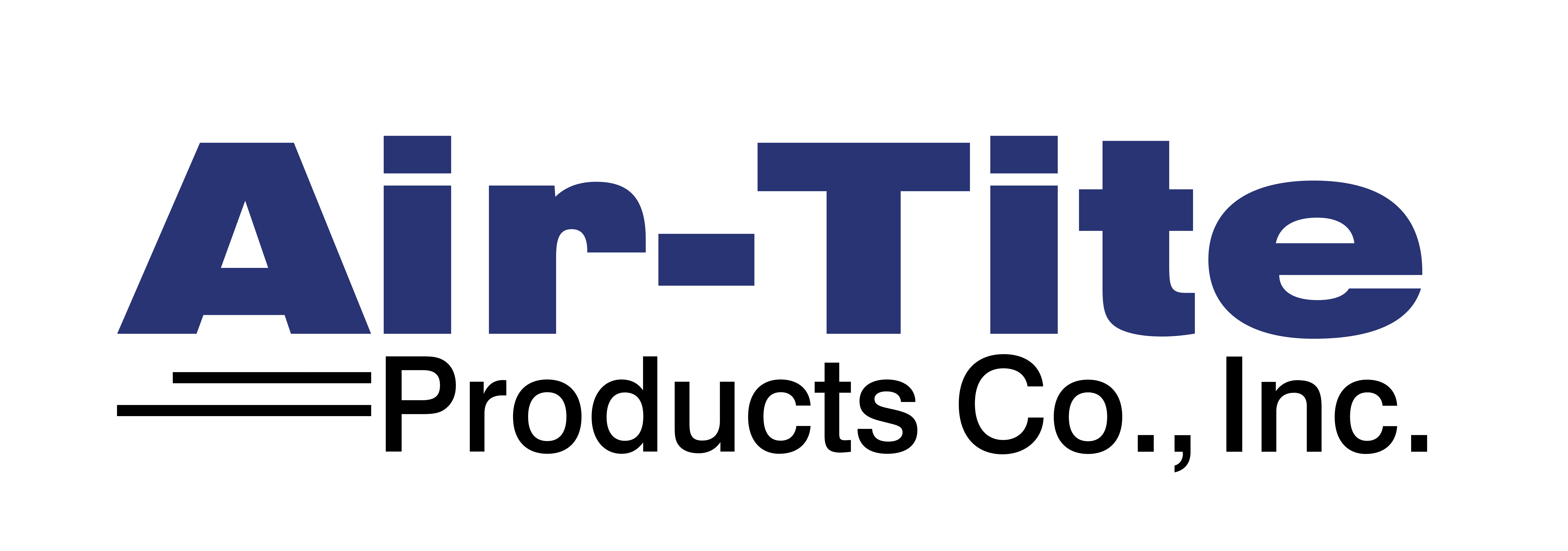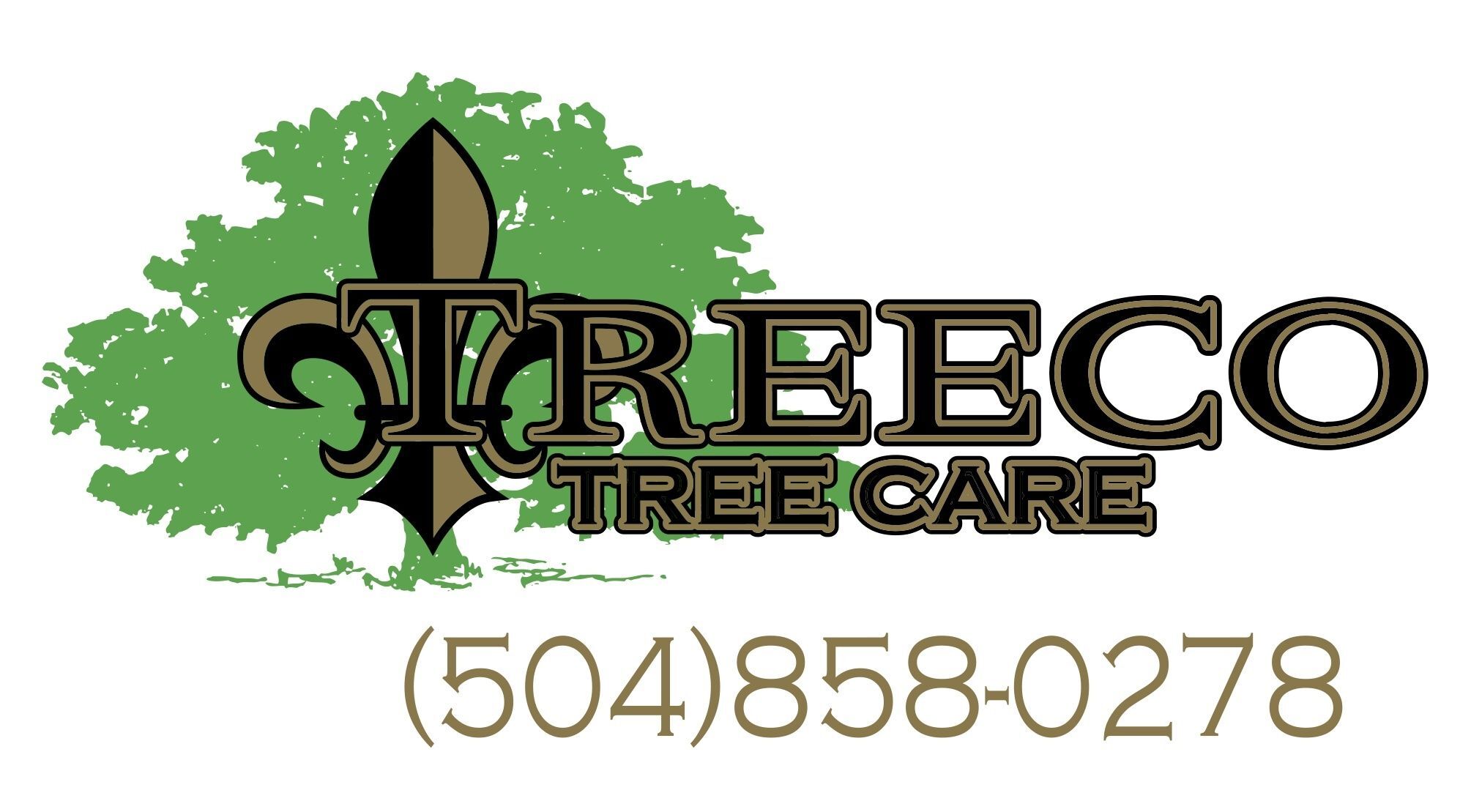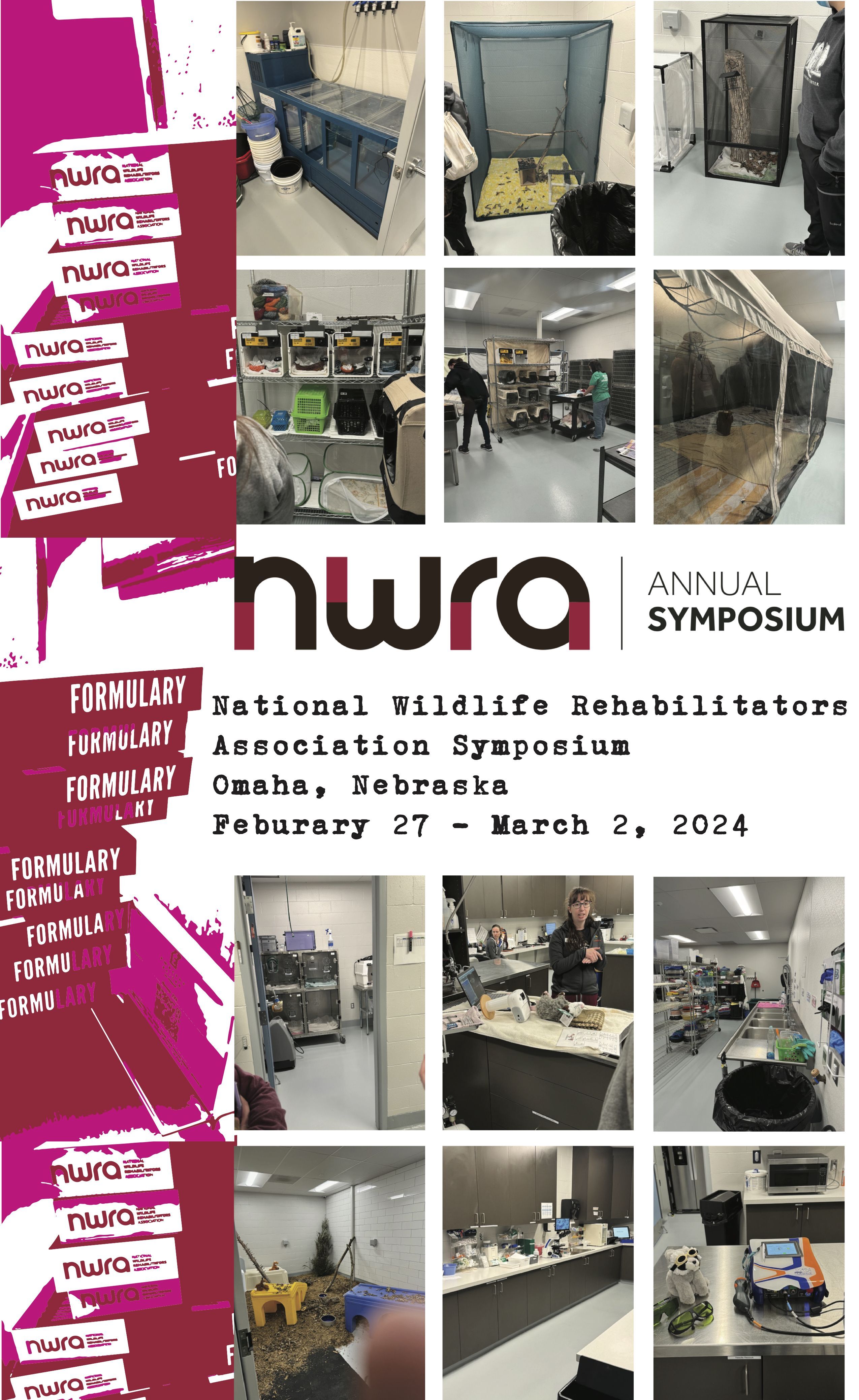
Teree and I went to Omaha, NE a couple of weeks ago to attend the National Wildlife Rehabilitators Association Symposium 2024. Continuing Education and networking is a huge part of what we do to keep Silent Voices Wildlife Rehabilitation moving in an upward trajectory.
We took many classes that week including these:
Outcome Charts: For your Welfare and Theirs
As a veterinarian or rehabilitator new to wildlife rehabilitation, it can be hard to make triage decisions for ill or injured animals. Does this animal have a good likelihood of release? Should it be euthanized? What about permanent placement? While this information already exists in codes, standards, publications, and anecdotes, navigating it can be difficult. Partners for Wildlife staff and Fellows, along with subject matter experts have compiled Outcome Charts for six groups of commonly presented wildlife. These concise charts are designed to promote timely and humane decisions. This presentation discusses how to adapt and utilize these charts in your facility.
Welfare Considerations in Wildlife Rehabilitation
In many of the animal fields, welfare has become increasingly more of a focus over the last few years. This is long overdue and has been impactful to both awareness and current practices in many areas of animal care. Wildlife rehabilitation is a very specialized area, and it's hard to apply these definitions directly due to the basic nature of wildlife in captivity. How do we meet the needs of our patients, and are we actively considering the welfare of those in our care? This presentation explores the way welfare is currently defined, and how to interpret and apply these practices throughout the wildlife rehabilitation process.
The Infectious Diseases of Raccoons (Procyon lotor)
The common raccoon (Procyon lotor) is one of the most frequent animals that present to rehabilitation centers as we continue to expand into their environment. The potential transmission of diseases is the associated significant dangers that come with working on this species. Raccoons are among the most frequent carrier of rabies. We should educate ourselves on biosecurity and prevention controls, so we can keep ourselves, the public and ecosystem safe. Come learn about the transmission, clinical signs, and treatment of these infectious pathogens, so you are better equipped with the knowledge on how to rehabilitate these curious critters.
Metabolic Bone Diseases - Track Sponsored by Vet-Pro
Metabolic Bone Disease is a broad description for a variety of conditions that may affect the growth and/or integrity of an animal's bones. This lecture reviews the physiology of bone growth and the roles of calcium, phosphorous, and vitamin D as well as the hormones that regulate them. Discussion also includes a review of metabolic bone diseases in general, with a particular focus on nutritional secondary hyperparathyroidism – its pathophysiology, associated clinical signs, and management options for affected wild animals presenting for care.
Zoonotic Diseases of Wildlife: How to Protect Yourself
Many different wildlife species serve as reservoirs for readily transmissible zoonotic diseases. Individuals working directly with ill, injured, and orphaned wildlife in a rehabilitation setting are at a much greater risk for exposure to these potentially life-threatening pathogens. This presentation aims to discuss the origin, presentation, transmission, and prevention of some of the major zoonoses seen within wildlife medicine.
Infant Mammal Skills Workshop
This workshop provides an opportunity for attendees to practice basic mammal rehabilitation skills, including performing a physical exam, calculating and administering fluids, and oral gavage. Beyond basic rehabilitation skills, the lecture also reviews commonly seen issues when raising mammals and how to assess health to ensure young mammals have the best possible start when released back home in the wild.
Wildlife Services: Provide Solutions, Improve Habitat, & Generate Revenue
Think Wild, a wildlife center in Bend, Oregon, launched a revenue-generating Humane Wildlife Services program in 2022 after recording that 20% of calls to our hotline were nuisance or wildlife conflict-related. We offer long term, natural history-based solutions to common wildlife problems to prevent extermination and orphaning. The program has grown to offer habitat improvement services as well, such as nest box and hawk perch installations. In this session, we discuss the potential of this nascent program to serve as a revenue generating model for other wildlife hospitals, including how we started the program, our offerings, and the challenges and benefits.
Collaborating for Wildlife
This updated session discusses how collaborating with organizations (government, non-profit, and for-profit business) can help save wild lives. Using some of the key partnerships that Nebraska Wildlife Rehab has leveraged in these sectors as examples, this session gives suggestions on how to expand outreach, save more animals, and increase resources. Key examples include, among others, our partnerships with humane societies, which help us save over 4,000 of the over 7,000 animals we receive each year; the Nebraska Game and Parks commission, which aids in law enforcement, transport, and rewriting state regulations; and other education and arts partnerships.
Ooo that Smell! A Quick Primer on Maggot-infested Wounds
Baby mammals often present to wildlife rehabilitators during the summer months with maggot-infested wounds. This quick, but fun (and gross), talk covers the basics on what the crud that bug is doing in the wound and what that means for the patient.
Bat Basics… and Beyond! Seminar
In this seminar, participants gain a solid grasp of the basics of insectivorous bat rehabilitation and leave with an appreciation of the unique adaptations of these amazing creatures. Discussion starts with bat anatomy, physiology, and life history. With this understanding, participants dive into the basics of bat rehabilitation, including handling, feeding, and housing bats and applying these basics to raising orphaned bats. Unique aspects of bat winter strategies are discussed, ranging from management of artificial hibernation, individual identification, homing instincts, and release strategy. The seminar concludes by summarizing common injuries and illnesses and how to treat them. 4 hours.
